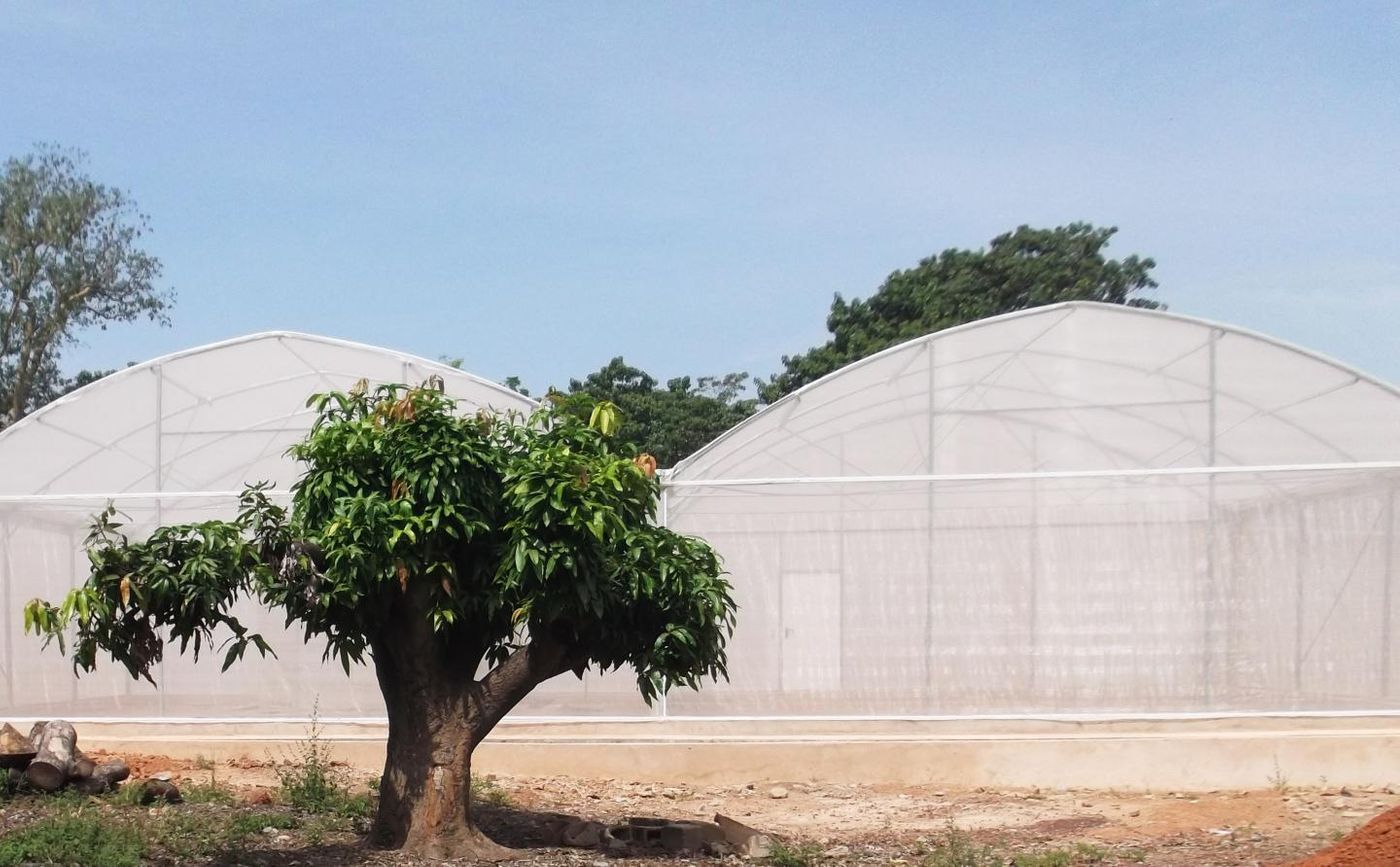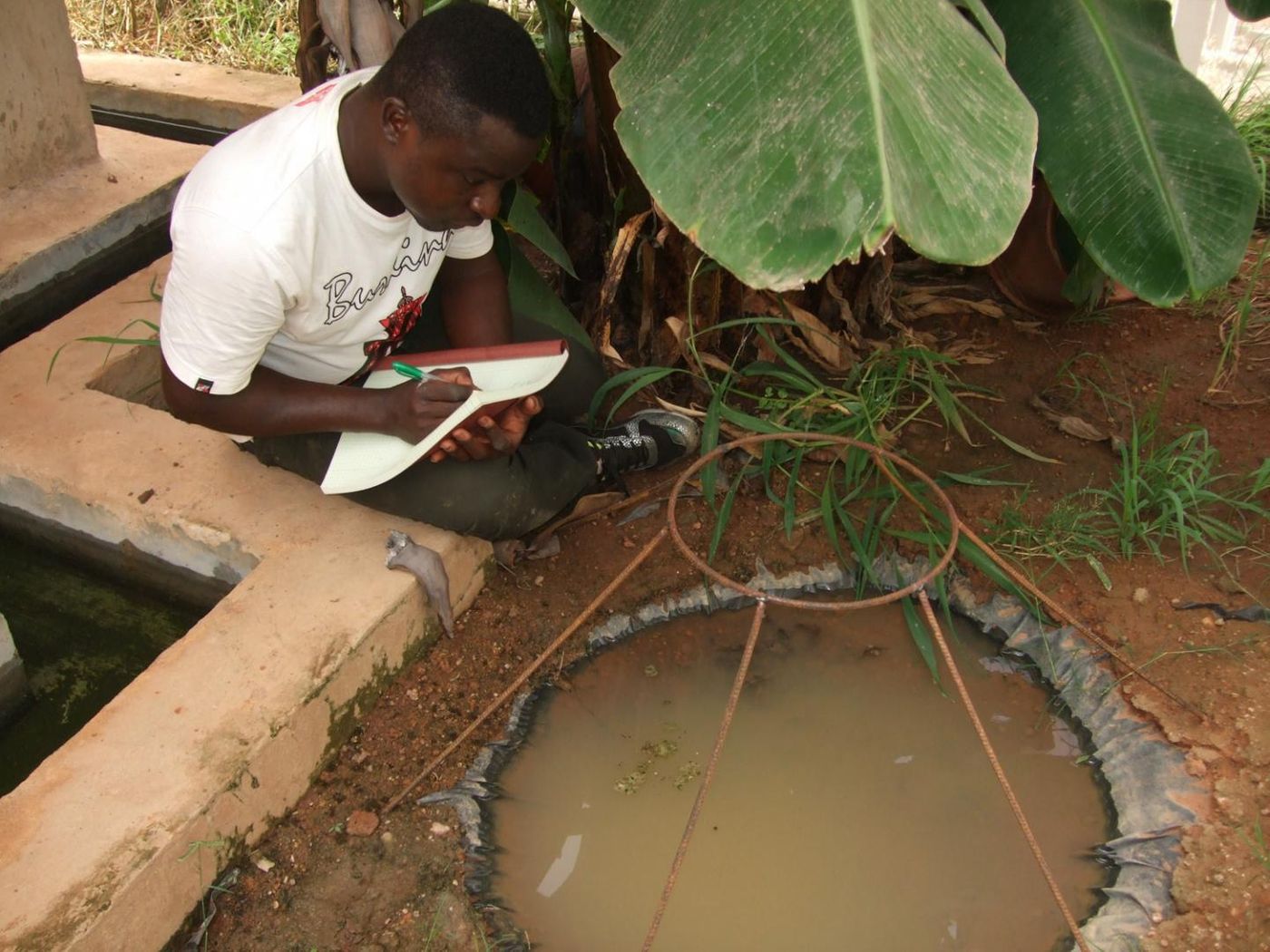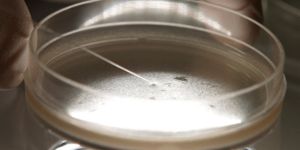Genetically-engineered Fungus Kills Malaria-carrying Mosquitoes
As of 2017, there were 87 countries where malaria was being transmitted by mosquitoes, according to the World Health Organization. The disease infects millions and is thought to have killed around 435,000 people that year. The primary method to fight the disease is to prevent it; mosquito nets and insecticides play important roles. Mosquitoes have begun to gain resistance to those chemicals, however, and researchers began to look to genetic engineering as a way to reduce the massive number of deaths.
Now, a team of researchers from the University of Maryland (UMD) and Burkina Faso have reported the successful trial of a naturally occurring fungus that was genetically-engineered to deliver a poison to mosquitoes. The fungus was tested in an enclosed model village, and it reduced mosquito levels by 99 percent while remaining otherwise harmless; the mosquito population was unsustainable within two generations. The findings were reported in Science.
"Simply applying the transgenic fungus to a sheet that we hung on a wall in our study area caused the mosquito populations to crash within 45 days," said the lead author of the work Brian Lovett, a graduate student in UMD's Department of Entomology. "And it is as effective at killing insecticide-resistant mosquitoes as non-resistant ones."
"We demonstrated that the efficacy of the transgenic fungi is so much better than the wild type that it justifies continued development," said study co-author Raymond St. Leger, a Distinguished University Professor of Entomology at UMD.
This natural fungus is a known pathogen that can slowly kill insects in the wild and has been used as a form of pest control for a long time. For this work, the researchers chose a fungal strain that impacts only mosquitoes, then tweaked it to make a toxin called Hybrid that eliminates mosquitoes before they breed. Hybrid is derived from the funnel web-spider of Australia’s Blue Mountains and has been approved for use on crops. Not all species of mosquitoes respond the same way to one treatment, but preliminary work suggests this approach will affect all malaria-carrying mosquitoes.
"You can think of the fungus as a hypodermic needle we use to deliver a potent insect-specific toxin into the mosquito," said St. Leger.
The fungus, Metarhizium pingshaense, was modified to make and deliver Hybrid by a bacterium that transfers DNA into fungi. The researchers were careful to ensure that it would be safe to use through lab tests.
"These fungi are very selective," St. Leger said. "They know where they are from chemical signals and the shapes of features on an insect's body. The strain we are working with likes mosquitoes. When this fungus detects that it is on a mosquito, it penetrates the mosquito's cuticle and enters the insect. It won't go to that trouble for other insects, so it's quite safe for beneficial species such as honeybees."
Working with Burkina Faso authorities, a controlled environment was created in a rural area. In one test, three separate testing chambers each got 1000 males and 500 female adult mosquitos, and in one chamber, the mosquitos would be exposed to the toxin. The researchers counted the mosquitoes in each chamber every day for 45 days. In the treated chamber, there were only thirteen mosquitoes after 45 days. There were 455 mosquitoes in a chamber containing normal fungus, and 1,396 mosquitoes in a chamber containing plain sesame oil after 45 days. This work was replicated several times.
"By following EPA and World Health Organization protocols very closely, working with the central and local government to meet their criteria and working with local communities to gain acceptance, we've broken through a barrier," Lovett said. "Our results will have broad implications for any project proposing to scale up new, complex, and potentially controversial technologies for malaria eradication."
The researchers are now ready to see how the engineered fungus works in a normal community. They must first overcome regulatory hurdles, but this study will help make a case for that experiment.
Sources: AAAS/Eurekalert! via UMMC, WHO, Science










